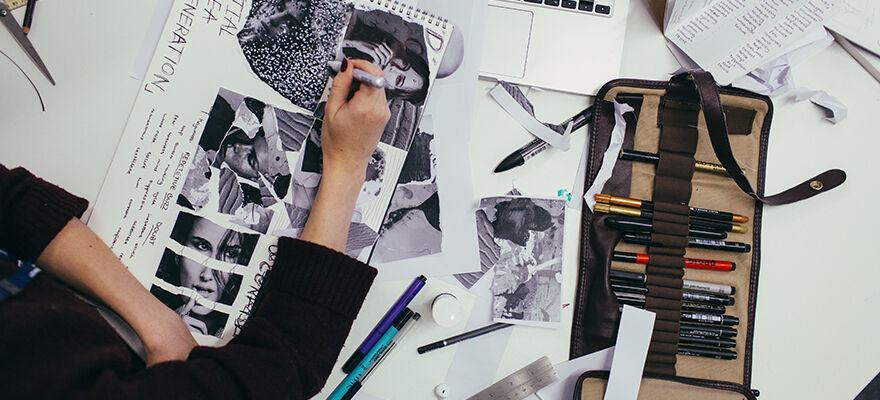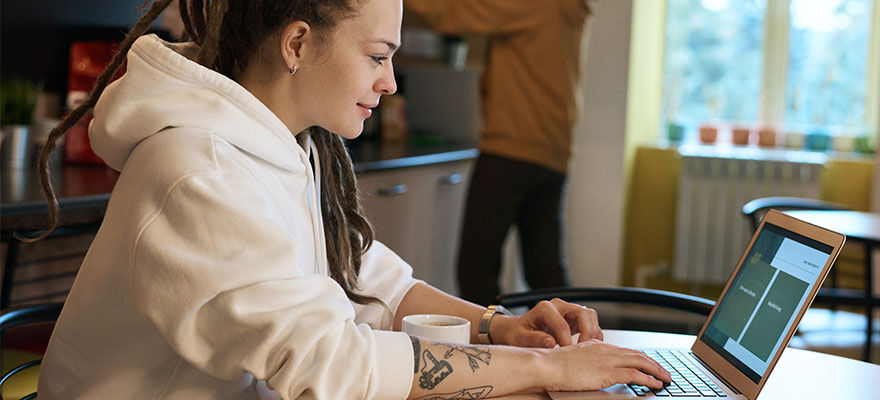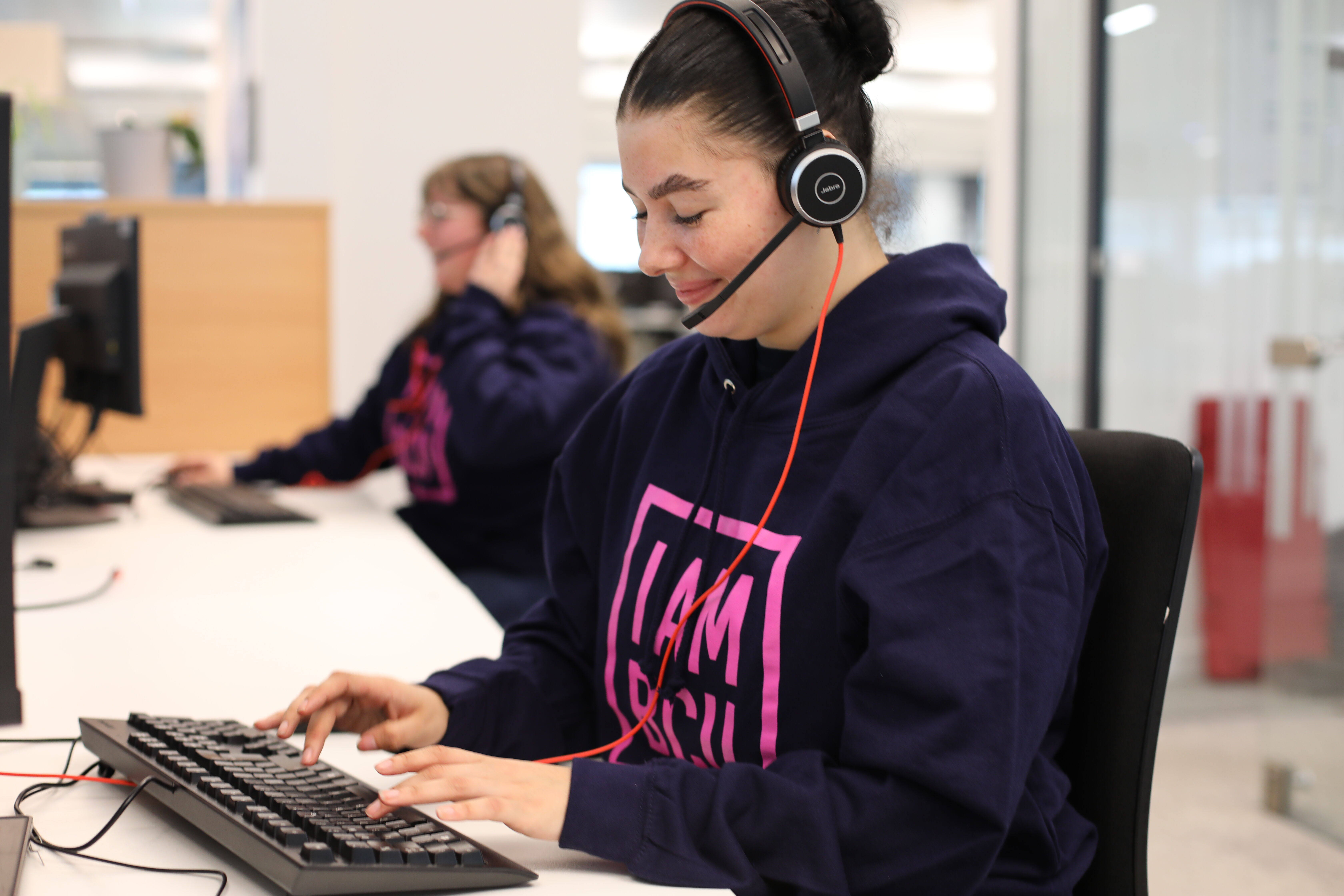How to prepare for your course
We often get asked how students can prepare for their course, so to help keep you busy over the summer, our Course Directors have put together a list of activities you can do to get ready for September.
Explore art in the real world
You should spend time visiting contemporary art galleries (digitally and in our post lockdown new normal) - it’s important that you look out into the world and explore the art that is happening right now - be curious, explore what you like and try to understand what you don’t like. Keep looking, make notes and be inspired.
To help you familiarise yourself with key contemporary artists and gallery spaces we’ve listed a range below, both big and small, which should give you a good start.
|
Birmingham: |
Elsewhere - UK: |
|
London: |
Elsewhere - International: |
 Try this if you're interested in Fine Art:
Try this if you're interested in Fine Art:
The theme of this project is: Being agile and keeping limber.
Attempt to make (or work on) an artwork every day
This could be big or small, complex or really simple. It could be something you’ve found in your house, unusual material relationships, sculpture, digital collage, photograph, drawing, performance, video, gif – anything that keeps you playing, thinking and looking for new ways of understanding and arranging the world. For instance, you could:
- Take one thing, transform it and make it another e.g. Martin Creed, Work No. 88
- Look for new ways of arranging things e.g. Helen Marten – Peanuts, 2012
- Make a costume/pose/perform e.g. Anthea Hamilton – The Squashin 2018
- Collide and make collage e.g. John Stezaker, She (Film Portrait Collage) III, 2008
- Be surreal e.g. David Shrigley, I Was Dirty
- Observe/document your surroundings e.g. Richard Wentworth
 Start a sketchbook
Start a sketchbook
Make observational/experimental drawings/paintings/collages. It’s not about trying to be photo-realistic but looking, responding and trying to make sense of the world. Try to be experimental and take risks with your drawings.
Read these:
- Julian Stallabrass: Contemporary Art: A Very Short Introduction
- John Berger: Ways of Seeing
- Gilda Williams: How to write about Contemporary art
- Authors: Video/Art: The First Fifty Years (Documents)
Watch these:
 Try this if you're interested in Art and Design:
Try this if you're interested in Art and Design:
The theme of this project is: Utopia building
In Art and Design, you are challenged to imagine, other and better worlds. We ask you how the things you make might change the way people live, interact, think or care for one another.
Attempt to work on something every day
This might mean watching something, making notes or having a conversation about it, or working on a responsive artwork.
Look at stuff...
On Art and Design, we draw from a wide range of influences, cultures, aesthetics and contexts.
 You’ll find some of these links take you to works of artists and designers and others to music, film, fashion, social commentary and all over. Some of the items listed below relate specifically to Utopia - they might be different imaginings of better and other worlds or the alternative. Everyone’s utopia is different and what isn’t yours can quickly slip into a dystopia. Other links will take you to things that challenge the world today because in order to imagine other and better worlds, we need you to cast a critical eye over the one we’re already in and become aware of the innate design in the systems that we live under.
You’ll find some of these links take you to works of artists and designers and others to music, film, fashion, social commentary and all over. Some of the items listed below relate specifically to Utopia - they might be different imaginings of better and other worlds or the alternative. Everyone’s utopia is different and what isn’t yours can quickly slip into a dystopia. Other links will take you to things that challenge the world today because in order to imagine other and better worlds, we need you to cast a critical eye over the one we’re already in and become aware of the innate design in the systems that we live under.
- The Matrix
- Black Mirror, San Junipero (Season 3, Episode 4)
- Stanley Kubrick’s Clockwork Orange
- The Handmaid’s Tale, Channel 4
- Adam Curtis, Hypernormalisation, 2016
- Art Workers: Between Utopia and the Archive, e-flux Journal
- The Exposed: Searching for Utopia
 Experiment with making
Experiment with making
- Assemblage - Take two things that don’t belong together and make them interact. Take a photograph of this. E.g. Martino Gamper, 100 Chairs in 100 days, 2007
- Collage - This can be physical or digital. Use newspapers, magazines, family photos (with permission)! E.g. Hannah Hoch, Ohne Titel, 1930
- Wearable - Make something you can wear that changes the way you interact with or see the world. E.g. S/ash, Body Building Exercise, 2020
- Digital - Exploit digital technology that you have access too - photograph things, scan objects to make 3D models, make an Instagram account, travel on Google Earth or make a snapchat filter. E.g. Antonio Roberts
Read these:
- Hito Steyerl, Too Much World: Is the Internet Dead?
- Anthony Dunne and Fiona Raby, Speculative Everything- Design, Fiction and Social Dreaming
- Paul Rand, Design and the Play Instinct
 Try this if you're considering a Foundation Art degree
Try this if you're considering a Foundation Art degree
Using a random word generator enter the first and last letters of the following word: REJUVENATED.
Generate a new word each day and work creatively on a response that lasts between five minutes to two hours long depending on your surroundings and mood!
Anything is possible – you could film, draw, record with narrative, cook, wash, photograph, sculpt, paint etc.
You can document your results in a sketchbook, on random pieces of found papers/surfaces or on a blog – students on the course successfully use Tumblr for online sketchbooks if you would like to give it a try.
For those empty moments where you are looking for something satisfying to do, but are not sure what it is, take a look at this list of ‘things’ to motivate and inspire.
- Watch an art film
- Read CRAFTS – a magazine that’s about more than just traditional crafts!
- Take a look at It’s Nice That, a contemporary arts platform
- Learn more about figure drawing on this blog

